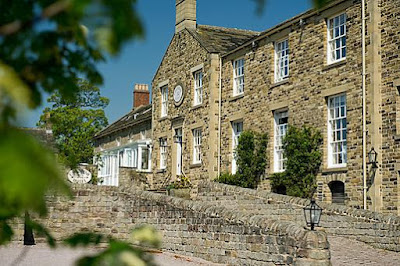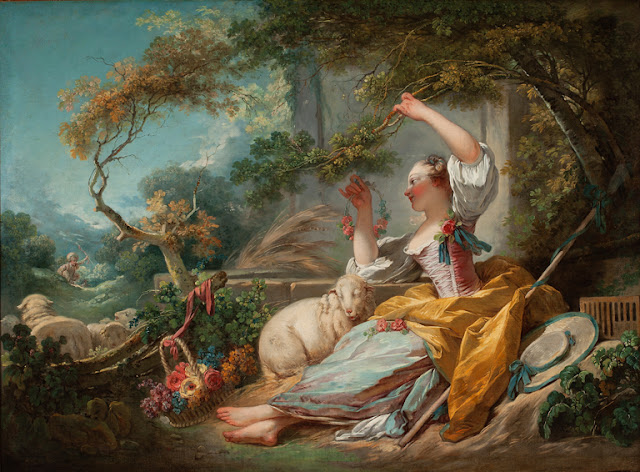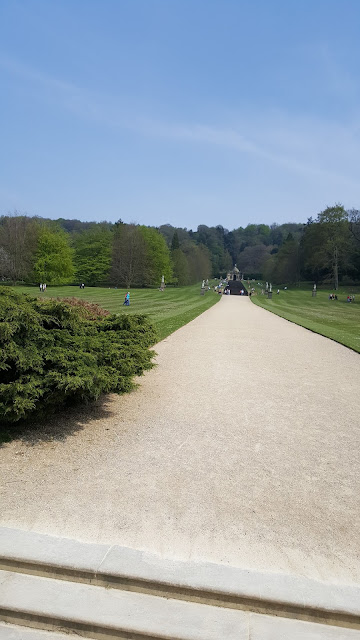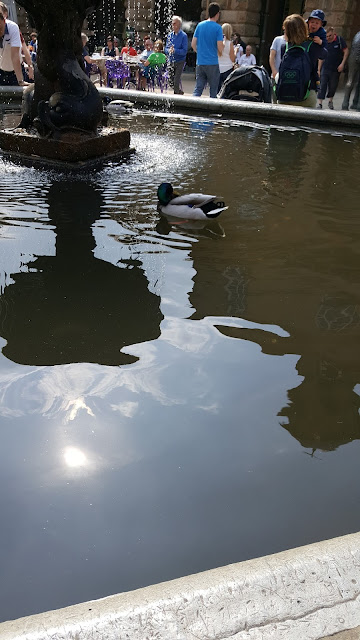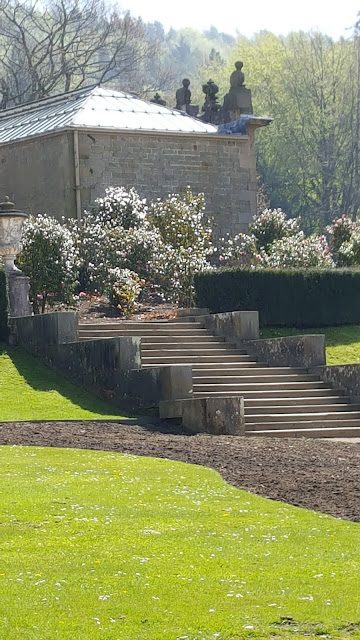Category: A Tour Guide in England
A TOUR GUIDE IN ENGLAND: SIGNS – PART 2
A TOUR GUIDE IN ENGLAND: SIGNS – PART 1
THE CHATSWORTH SHEEP
Is there anything more English than sheep? I don’t think so. Diane Perkins doesn’t think so. I know that because between the two of us, she and I must have taken at least 400 photos of sheep during our two weeks in England this past May. Forget Big Ben, the Union Jack or red telephone boxes – sheep are the quintessential symbol of England.
The sheep baaahhhed, or bleated, constantly. They bleated morning, noon and night. We woke up to the sound of sheep and we fell asleep to the sound of sheep. Diane and I soon realized that our lives had not previously been complete, having lacked the sound sheep.
|
After a few days at Chatsworth, I became convinced that sheep were the secret to a happy life. I am seriously consdering renting one of the Chatsworth cottages for lambing season next year. They even have days when you can sign up to be driven into the fields in the hopes of witnessing a birth. Heaven!
The Russian Cottage at Chatsworth
|
| Jean-Honoré Fragonard – The Shepherdess/Milwaukee Art Museum |
A TOUR GUIDE IN ENGLAND: DAY 6 PART THREE – WHAT WE SAW IN THE CHATSWORTH GARDENS
In addition to the 300 year old Cascade, the Gardens include the gravity-fed Emperor Fountain, above. In 1844, it became known that Czar Nicholas, Emperor of Russia might visit Chatsworth. The Duke thought to welcome the Czar with an even higher fountain than the one at Peterhof (the Czar’s palace in N.E. Russia), and so an existing fountain was renovated. Unfortunately, the Czar never visited Chatsworth, but the new fountain was still named after him.
Above and below are photos of Blanche’s Vase, on the Long Walk, named for Blanche Georgiana Cavendish, nee Howard, granddaughter of Georgiana, Duchess of Devonshire. Blanche married William Cavendish, 2nd Earl of Burlington, but tragically died at the age of 28 in 1840. Her uncle, the Duke of Devonshire, was left heartbroken by the death of his favorite niece and wrote the following: “There are many things at Chatsworth that I should not have allowed myself to do had I not reposed in the thoughts of being succeeded by a person so indulgent, so much attached to me as Blanche.” (‘The Garden at Chatsworth‘ by Deborah, Duchess of Devonshire).
The latest restoration project at the Gardens has been conducted on the Trout Stream. You’ll find a short video on the project here.




























